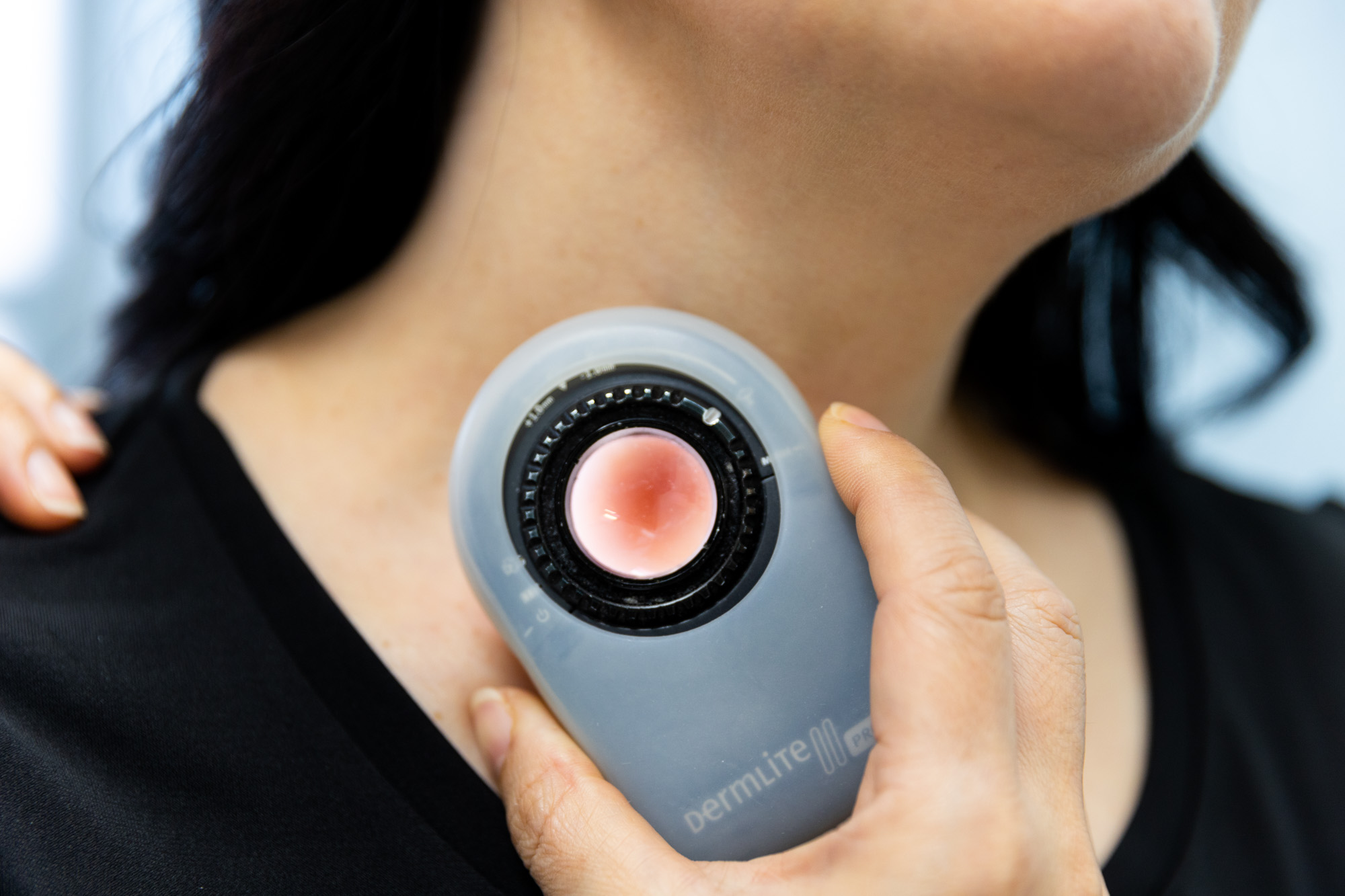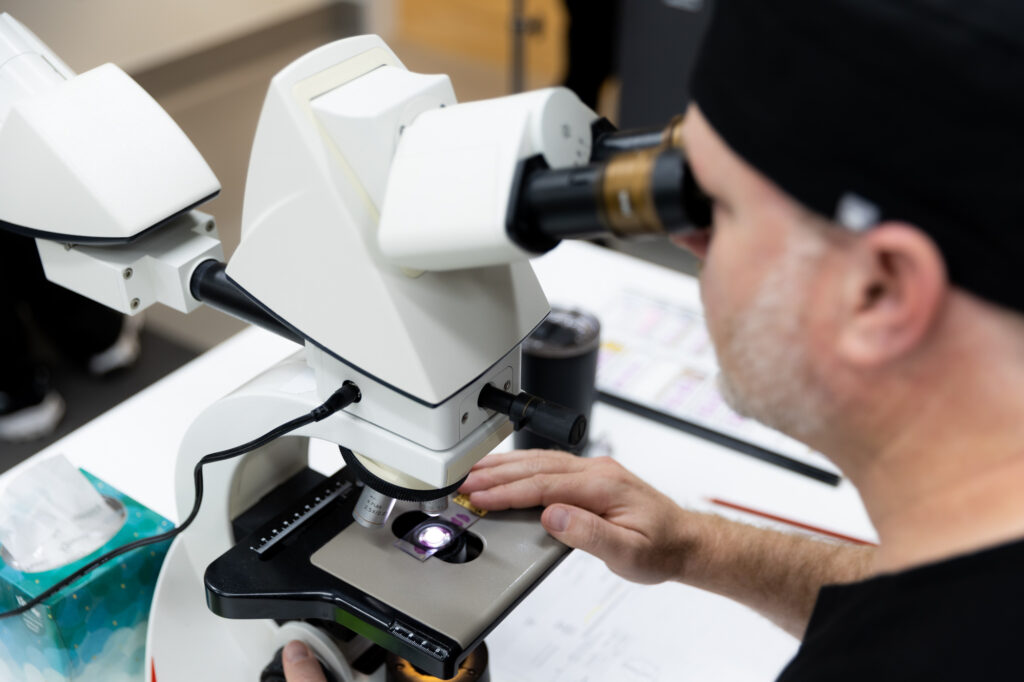
Everyone has moles, and most are completely harmless. But sometimes, a mole can change in subtle ways that signal a need for closer attention. When you notice these changes, it’s natural to feel unsure about when you should worry and when it’s safe to just monitor.
At Kansas City Skin & Cancer Center, we understand these concerns and are here to guide you every step of the way. In this blog, we’ll explore the warning signs dermatologists watch for, what makes a mole suspicious, and why early evaluation can be key to preventing more serious issues.
Whether you’re noticing a new mole, an unusual change, or just want peace of mind, our experienced skin specialist in Kansas City, KS, is here to help you understand your skin and make informed decisions about your health.
Why Skin Checks Matter
Unfortunately, skin cancer is incredibly common and is equally dangerous. However, it is highly treatable when detected early. Skin and mole checks allow you to monitor your skin for any changes that may be indicative of skin cancer or other concerning conditions.
By identifying a suspicious mole early on, you can seek proper and prompt medical attention. This ensures you receive timely treatment, greatly improving the chances of successful outcomes.
What Dermatologists Look for in a Mole
During a mole check, dermatologists carefully assess the mole, taking note of its shape, color, texture, and size. There is a common guide used for tracking and assessing moles, known as the “ABCDE” guide.
- A: Asymmetry
- B: Border irregularity
- C: Color variation
- D: Diameter
- E: Evolving (change over time)
These characteristics help a dermatologist determine if a mole may be cancerous.
An uneven mole that has rough edges, is multiple colors, grows larger than the size of a pencil eraser, or changes shape over time indicates that a closer skin evaluation may be needed.
Additional Considerations
Outside of checking for any potential cancer risk, a dermatologist assesses the skin for other signs of irritation, infection, or skin conditions that may interfere with daily comfort. When a mole or other areas of the skin appear suspicious, a biopsy may be performed to confirm whether further treatment is needed.
Our additional treatment options include Mohs surgery, excisional surgery, intralesional chemotherapy, skin cancer destruction, or cryotherapy, depending on your specific needs.
When Should You See a Dermatologist?
Your skin is your body’s first line of defense and needs special protection of its own. If you’ve noticed that a mole or patch of skin has changed in recent weeks, you should schedule an appointment with a skin specialist in Kansas City, KS.
As part of a comprehensive early detection strategy, we recommend visiting a dermatologist once a year—even if you haven’t noticed any significant changes in the skin. This allows a professional to identify changes in your skin sooner, rather than later.
Additionally, annual skin checkups ensure that your dermatologist can monitor any areas of the skin for abnormality or irritation.

Peace of Mind Starts With a Skin Check
It’s easy to overlook moles or brush off small changes, but paying attention to your skin is an important part of caring for your overall health. While most moles are harmless, early evaluation by a professional can provide peace of mind and, in some cases, prevent more serious issues.
At Kansas City Skin & Cancer Center, our skin specialist in Kansas City, KS, is here to guide you through every step, from routine skin checks to personalized care when concerns arise. If you’ve noticed a new mole, a change in an existing one, or simply want to schedule a thorough skin check, don’t wait.
Contact our team to schedule a consultation. Your skin is one of your most valuable assets. Let’s make sure it stays healthy and protected. From a powerful eczema treatment to a complete facial rejuvenation, we’re committed to keeping your skin healthy and beautiful.
Contact Us
Virtual Consultation
